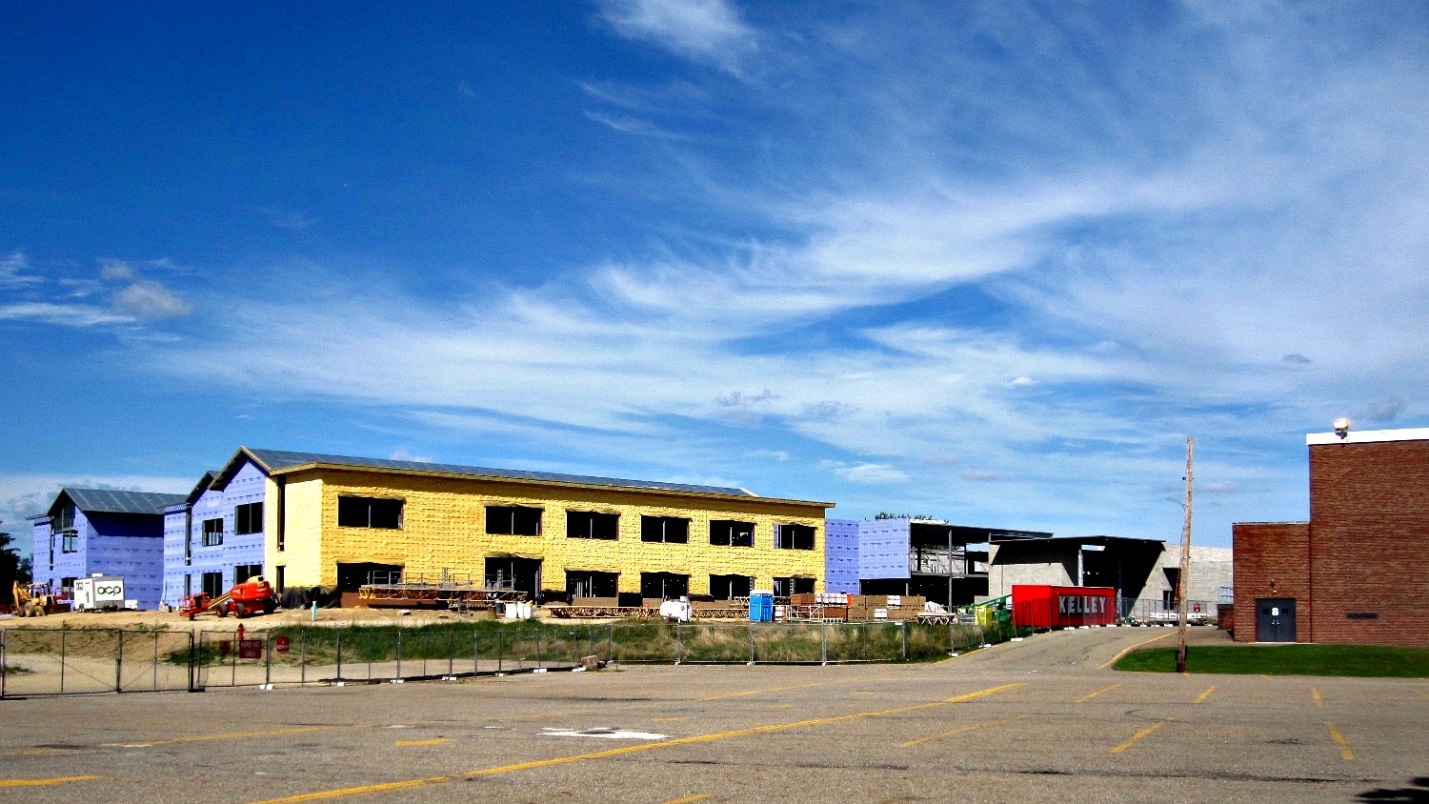Written by Kirk Yoshida, Director of Information Services for Strategic Partnerships, Inc.
From August through November 2017, voters across the country are being asked to approve hundreds of local bond propositions. The bonds that pass will provide billions of dollars’ worth of contracting opportunities for many types of firms. Strategic Partnerships, Inc. (SPI), which has been tracking all Texas bond elections and recently began tracking bond elections nationwide, is currently monitoring 470+ fall bond elections valued at more than $28 billion.
The following article explains what bond are, the types of projects funded, and how contractors can follow the money to pursue bond-related contracting opportunities with local governments.
What are bonds?
Bonds are an important financing tool for local units of government. Bonding capacity allows a governmental entity to issue debt and use the proceeds to fund large capital projects. Although public entities have some authority to issue debt without voter approval, this discussion focuses on voter-approved bonds also known as general obligation (G.O.) bonds.
Who holds bond elections?
Although rules vary by state, many types of local public entities hold bond elections. In any given election cycle, public school districts tend to have the most bond elections followed by cities and counties. Other types of entities that commonly seek bond funding include community college districts, hospital districts, library districts, fire districts, and ports.
What types of projects are funded by voter-approved bonds?
While every bond proposal is tailored to the specific needs of the entity and community it serves, some generalities can be made. Schools tend to focus on large construction projects to deal with growth and/or addressing maintenance needs at existing facilities. Other common bond-funded school projects and purchases include safety and security, technology, energy efficiency initiatives, building and playground equipment, furniture, fixtures, buses and vehicles, and athletic improvements. Cities tend to focus on one or more aspects of their capital improvement plan such as street improvements, parks and recreation, municipal facilities, and other infrastructure. County projects are usually related to public safety facility needs as well as roads and highways.
The bonds that receive voter approval will provide contracting opportunities for architecture and engineering firms, general contractors, technology and security companies, equipment resellers, and more. In addition, many public entities engage bond counsel, financial advisors, and A/E firms early on in the process to determine the appropriate size and projects for the bond program.
When are bond elections held?
 Many states, such as Texas, have election dates that coincide with the May and November uniform election dates. For this reason, November 7 will be a date to watch. Other states allow bond elections on multiple dates throughout the year. For example, a number of Oklahoma school districts held bond elections on September 12 and October 10 with a handful more to be decided on November 14.
Many states, such as Texas, have election dates that coincide with the May and November uniform election dates. For this reason, November 7 will be a date to watch. Other states allow bond elections on multiple dates throughout the year. For example, a number of Oklahoma school districts held bond elections on September 12 and October 10 with a handful more to be decided on November 14.
Which states hold the most bond elections?
For the period covering August to November 2017, Texas has the highest number elections (70) and total dollar value ($10.8 billion).
Here are the next highest states in terms of number of elections:
- Michigan – 53
- Minnesota – 40
- Oklahoma – 35
- Ohio – 26
What are some examples of the largest bond elections?
Austin Independent School District, TX
Austin, Texas voters will be asked on November 7 to approve $1.05 billion for sixteen modernized or new schools to meet 21st century learning standards. Other major investment areas include new buses, districtwide technology improvements, and security system upgrades and camera replacements.
Charlotte-Mecklenburg Schools, NC
The Charlotte-Mecklenburg Schools November 2017 bond referendum, if passed, will provide the district with $992 million to completely rebuild two high schools, two academies, and three elementary schools.
Oklahoma City, OK
On September 12, Oklahoma City residents approved all 13 bond propositions with a total value of $967.4 million. The funding will allow the city to address nearly half a billion in street and sidewalk projects. Other major spend areas include parks and recreation, police and fire facilities, new buses and bus station improvements, and improvement to the Civic Center complex.
City and County of Denver, CO
On November 7, the City and County of Denver will ask voters to approve $937 million to fund projects in Elevate 2020, the city’s six-year capital improvement program. The largest component of the bond is transportation and mobility at $415.5 million. Other significant investments include parks and recreation, arts and culture, and a new ambulatory care center for the Denver Health and Hospital Authority.
Where can I learn more about a specific bond program?
Bond elections are usually a big deal for the affected community and covered by the local press. In addition, entities often provide detailed bond and project information on their website and hold community forums to outreach to voters.
SPI, which has been tracking bond elections in Texas since 2007, provides detailed bond reports by state. For more information on these reports, please visit:
www.spartnerships.com/national-bond-package
www.spartnerships.com/texas-bond-package
Kirk Yoshida is the Director of Information Services for Strategic Partnerships, Inc., a business development and procurement consulting firm. Kirk manages SPI’s research department and has been following the local government bond market for the past eleven years.
Tags: Bond Elections, Bonds, Kirk Yoshida, SPI, Strategic Partnerships Inc., Texas Bond Elections







 RSS Feed
RSS Feed